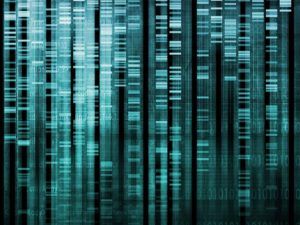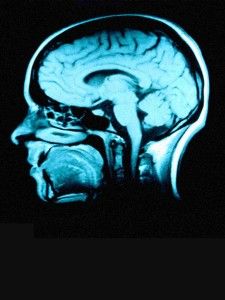Neuroscientist Brie Linkenhoker believes that leaders must be better prepared for future strategic challenges by continually broadening their worldviews.
As the director of Worldview Stanford, Brie and her team produce multimedia content and immersive learning experiences to make academic research and insights accessible and useable by curious leaders. These future-focused topics are designed to help curious leaders understand the forces shaping the future.
Worldview Stanford has tackled such interdisciplinary topics as the power of minds, the science of decision-making, environmental risk and resilience, and trust and power in the age of big data.






